rmh159
TPF Noob!
- Joined
- Jun 13, 2006
- Messages
- 1,028
- Reaction score
- 0
- Location
- Milwaukee, WI
- Can others edit my Photos
- Photos NOT OK to edit
I thought I read a formula once for figuring out how long of an exposure you would need to see a certain degree of arcing in stars when taking nite shots. Does anyone know this? I want to say 10 minutes = 15 degrees.
I'm interested in getting a long exposure shot on a clear sky and I really want to nail this affect. There's a lake nearby that I want to use and hopefully if it's a calm nite I'll get a nice reflection off of the lake as well.
If anyone has any other advice for this type of shot please feel free.
I'm interested in getting a long exposure shot on a clear sky and I really want to nail this affect. There's a lake nearby that I want to use and hopefully if it's a calm nite I'll get a nice reflection off of the lake as well.
If anyone has any other advice for this type of shot please feel free.




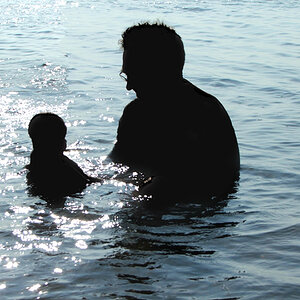
![[No title]](/data/xfmg/thumbnail/31/31980-e5048a424621c7b3cd0d306d63c09d67.jpg?1619735137)
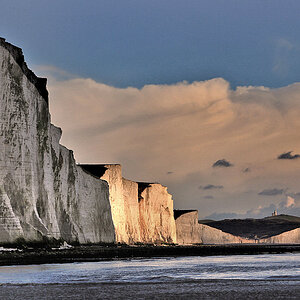
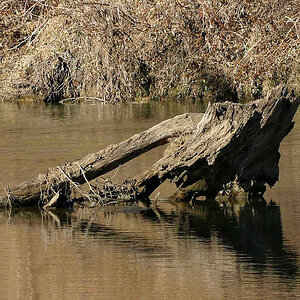
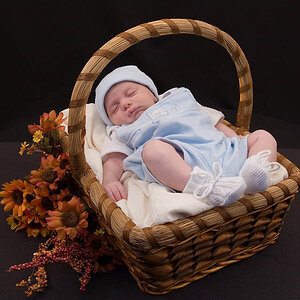

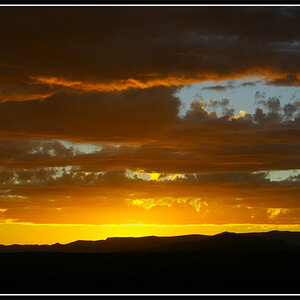
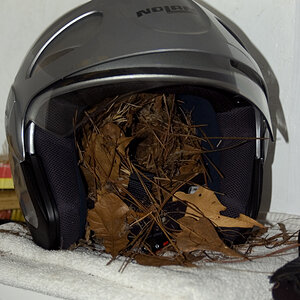
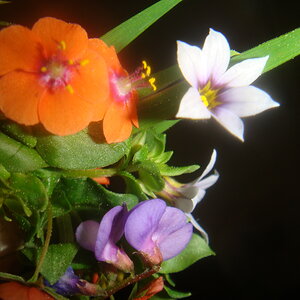
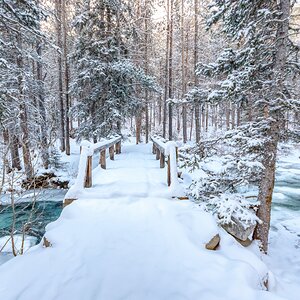
![[No title]](/data/xfmg/thumbnail/36/36399-041c9ebc3a39e89ec8e39243c0d43528.jpg?1619737551)